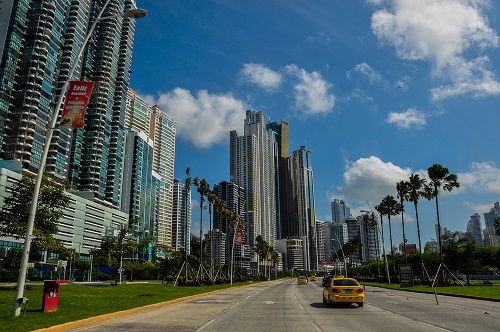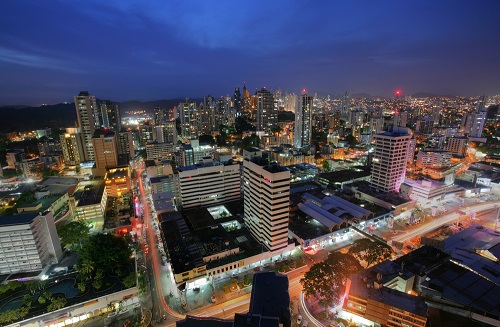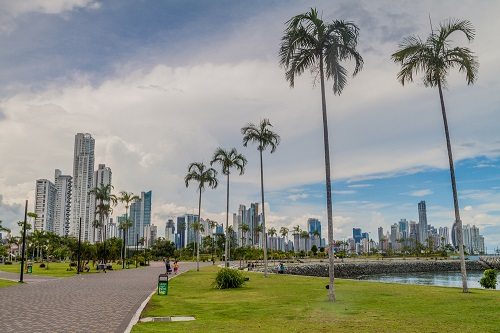If you are looking to relocate to Panama, then you will need to consider your options with regard to banking. You may want to maintain your current account in your home country, as this can be helpful for paying any future bills. You may also want to consider opening a new account, such as an offshore account or one with a local or an international bank.In Panama, the process of opening a new account can be lengthy and more complicated than in other countries, mainly because the laws against terrorist financing and money laundering require an investigation to be held for anyone trying to open a new account. Additionally, opening an account in Panama is considered a legal process, as you will be entering a contractual relationship with your chosen bank. Keep in mind that, because of this, you will have to legalise certain documents and have them translated into Spanish if they aren’t already.
Because of the extra complications involved in Panamanian banking, it is advised that you hire an accountant. They will be able to assist you in finding the right bank, and they can help make sure that you are not taken advantage of. Some banks will refuse to work with non-citizens, just to avoid the added hassle, so it may be useful to have an expert looking out for you.

To begin the process, you should first make sure that you have the necessary documents and identification, as all banks will require an extensive list of these. You will need:
• Two forms of identification, including your passport
• An invoice with your address (to provide proof of residency)
• A letter from your employer
• A tax report to prove your employment and income status
• A third-party banking reference
• At least two personal reference letters (these must be recent, no more than sixty days old, and from a professional contact, such as a lawyer)
• A written explanation of your reason for being in Panama
• An APC form to show your credit
• A bank account profile form to act as an overview of how the account will be managed
• At least $1,000 (USD) to open the account
Ideally, your personal references should be from people who are from Panama, though exceptions can be made if you have only been in the country for a short time. Some of these forms may vary slightly depending on which bank you use and your nationality. Some banks may subsequently require prior bank statements and/or pay stubs, or additional proof of your ties to Panama, such as utility bills, proof that you own titled property, or a letter from your lawyer that proves you are going through the immigration process.
To simplify some of these processes, you may want to look into obtaining a cedula. Although it isn’t necessary to have one, it will make opening a bank account easier. A cedula is a form of identification that is similar to a social security card in the United States; it will provide you with a unique identification number that will never change.
You will only be able to qualify for a cedula if you are a Panamanian resident, so if you aren’t planning on staying for longer than six months, or you don’t want to go through the lengthy process of obtaining an official residency visa, you can also get an e-cedula (the e stands for extranjero).
Panamanians are more accustomed to dealing with cedulas than passports, so having one will make banking processes, along with many other things, such as buying land, paying for electricity, and registering a car, much simpler. A cedula will also give you all of the same perks that Panamanian citizens have, except for the right to vote.

Once you have all of the necessary materials, you will need to choose a bank. Panama has lots of bank options, both national and international, though many are known for being difficult when dealing with non-residents. You can find a complete list here. Most banks will require a minimum deposit, ranging from $150 to $300 (USD). Once the account is opened, you will be able to make deposits with cash, local or foreign cheques, and bank wires.
VISA and MasterCard are offered in all Panamanian banks, but they will require 125% of the monthly maximum credit limit to obtain a credit card. Therefore, if you wish to have a $1,500 limit on your card, you will need to deposit $1,875.
Both Santander and Scotiabank have branches in Panama, along with American banks, such as Citibank, and lots of South American banks. Popular options among expats include a local bank called Multibank and Scotiabank Panama, both of which offer an English website. Additionally, some recommend Banistmo Panamá and Banesco as options for expats.
Most banks are open from 8:30 a.m. to 3 p.m. Monday to Friday and on Saturdays from 8:30 a.m. to noon or 1 p.m. They close at 12 p.m. on the last weekday of each month.

